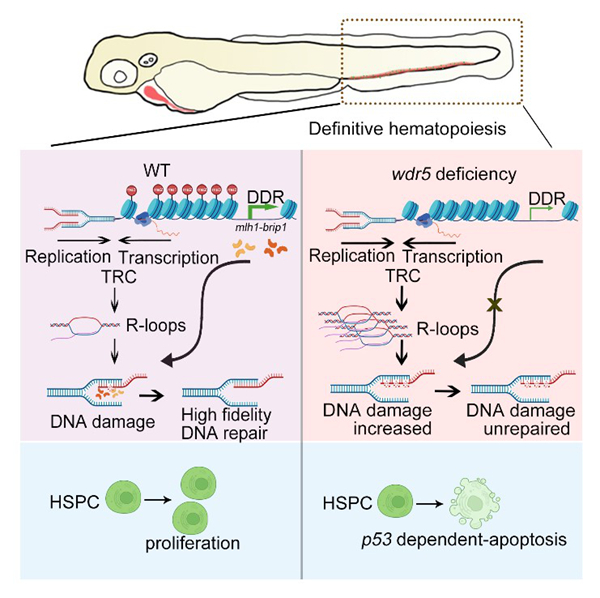2025-03-20 中国科学院(CAS)
 Model of chronic mitochondrial stress leads to tmbim-2-dependent spatiotemporal Ca2+ waves to coordinate neuronal-to-intestinal UPRmt activation and aging (Image by IGDB)
Model of chronic mitochondrial stress leads to tmbim-2-dependent spatiotemporal Ca2+ waves to coordinate neuronal-to-intestinal UPRmt activation and aging (Image by IGDB)
<関連情報>
- https://english.cas.cn/newsroom/research_news/life/202503/t20250321_908536.shtml
- https://rupress.org/jcb/article-abstract/224/5/e202408050/277330/TMBIM-2-orchestrates-systemic-mitochondrial-stress
TMBIM-2はCa2+振動の促進を介して全身のミトコンドリアストレス応答を制御する
TMBIM-2 orchestrates systemic mitochondrial stress response via facilitating Ca2+ oscillations
Jiasheng Li,Jimeng Cui,Xinyu Li,Di Zhu,Zhenhua Chen,Xiahe Huang,Yingchun Wang,Qingfeng Wu,Ye Tian
Journal of Cell Biology Published:March 18 2025
DOI:https://doi.org/10.1083/jcb.202408050
Neuronal mitochondrial function is critical for orchestrating inter-tissue communication essential for overall fitness. Despite its significance, the molecular mechanism underlying the impact of prolonged mitochondrial stresses on neuronal activity and how they orchestrate metabolism and aging remains elusive. Here, we identified the evolutionarily conserved transmembrane protein XBX-6/TMBIM-2 as a key mediator in the neuronal-to-intestinal mitochondrial unfolded protein response (UPRmt). Our investigations reveal that intrinsic neuronal mitochondrial stress triggers spatiotemporal Ca2+ oscillations in a TMBIM-2-dependent manner through the Ca2+ efflux pump MCA-3. Notably, persistent Ca2+ oscillations at synapses of ADF neurons are critical for facilitating serotonin release and the subsequent activation of the neuronal-to-intestinal UPRmt. TMBIM2 expression diminishes with age; however, its overexpression counteracts the age-related decline in aversive learning behavior and extends the lifespan of Caenorhabditis elegans. These findings underscore the intricate integration of chronic neuronal mitochondrial stress into neurotransmission processes via TMBIM-2-dependent Ca2+ equilibrium, driving metabolic adaptation and behavioral changes for the regulation of aging.


